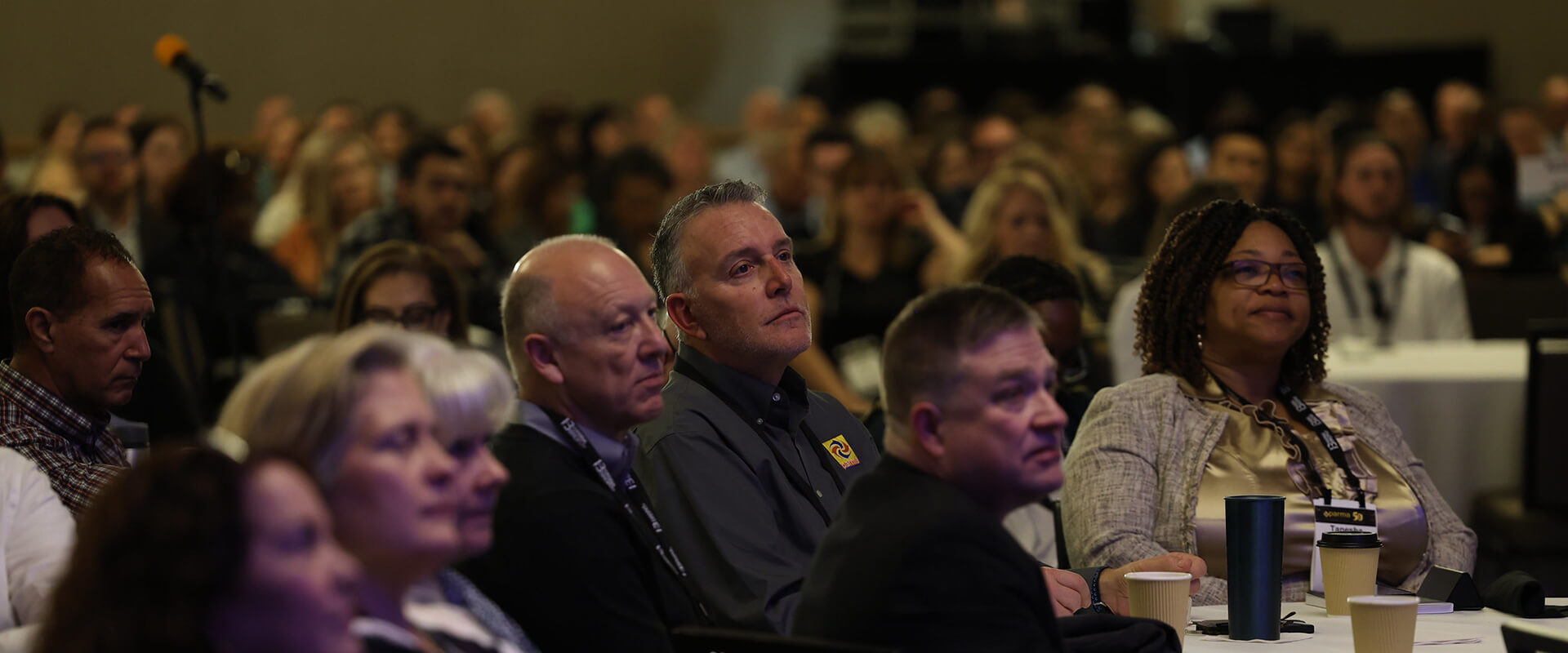It was still dark on a Friday morning in November when a California Highway Patrol officer started following a Tesla Model S on Route 101 between the San Francisco International Airport and Palo Alto. The gray sedan was going 70 miles per hour with a turn signal blinking, cruising past multiple exits. The officer pulled up alongside and saw the driver in a head-slumped posture. Lights and sirens failed to rouse him. The car, the officer guessed, was driving itself under the control of what Tesla calls Autopilot.
Every Tesla is equipped with hardware that the automaker says will enable its vehicles to be capable of driving themselves on entire trips, from parking space to parking space, with no input from the driver. At the moment, the company limits its cars to a system that can guide them from on-ramp to off-ramp on highways. The system is smart enough, it seems, to keep the Tesla driving safely even with a seemingly incapacitated driver, but not yet smart enough to obey police sirens and pull over.











